Introduction of Asian boutique coffee bean producing areas-characteristics of Indonesian coffee from the three major producing areas of Indonesian coffee beans
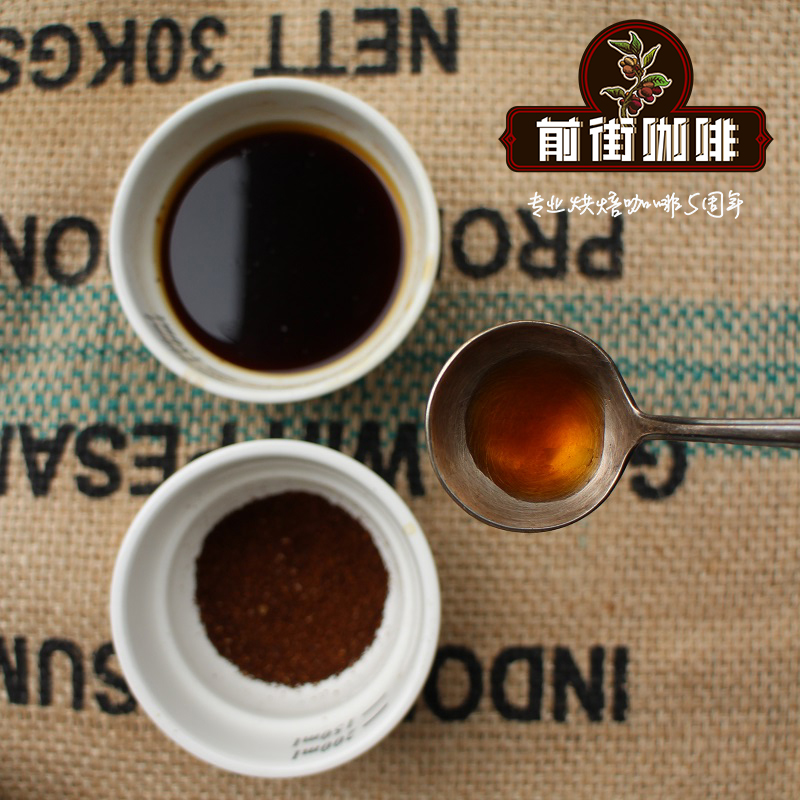
Like to drink mellow taste, strong flavor, sweet and long-lasting coffee? Qianjie thinks that it is not necessary to pursue famous coffee. Blue Mountain Coffee is really good coffee, but people who don't like it always don't like it, and those who like mellow taste think that Blue Mountain Coffee is too expensive, it doesn't matter, and Manning!
Coffee lovers must have drunk Indonesian coffee. The best growing areas in the whole archipelago are Java, Sumatra and Sulawesi. The three islands have established three major coffee brands, namely, Mantenin Coffee, which is produced in Sumatra, Indonesia, with moderate sour taste and strong aroma; Java Coffee, which is produced in Java, Indonesia, and belongs to Arabica Coffee; and Sulawesi Coffee, full of grains and rich aroma. Robusta coffee, which accounts for 90% of the total output, is of the highest quality in the world.
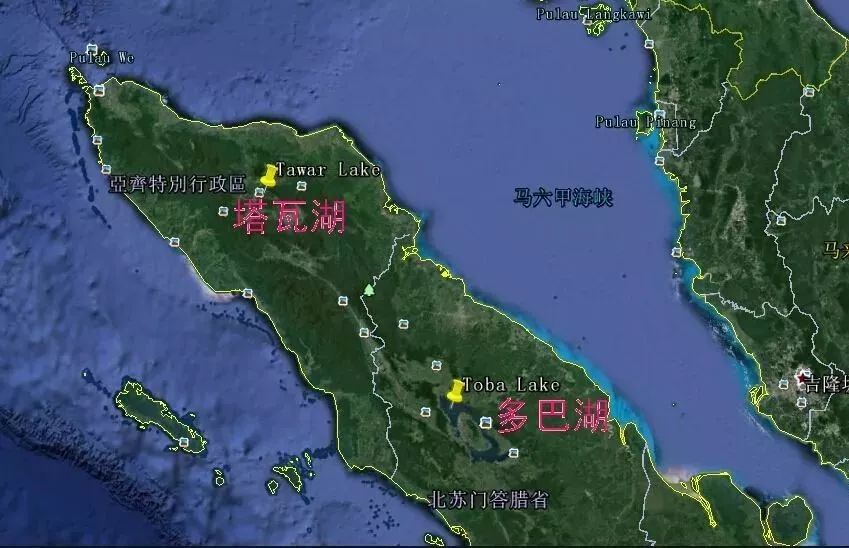
Indonesia is made up of more than 17,000 islands scattered along the volcanic belt of the equator. Indonesia straddles both sides of the equator. The humid tropical rain forest climate is rich in rainfall and rich in nutrients from fertile volcanic loam. The best growing areas in the whole archipelago are Java, Sumatra and Sulawesi.
Overall, Indonesian coffee is strong, mellow, slightly syrupy, and has excellent acidity, reflecting its excellent quality in that its two main export markets are Germany and Japan. What appeals to consumers is the exceptional quality of its arabic coffee beans. Indonesian coffee has a strong, mellow taste and a slightly syrupy flavor. The disadvantage is that it may also have an uncomfortable astringency or a slightly musty taste. Others show earthiness.
Coffee trees were introduced to Indonesia by the Dutch in the mid-17th century (some official sources say earlier). 1712 The first coffee from Java arrives in Amsterdam. However, in 1877 coffee trees on all plantations were destroyed by coffee rust, and robert coffee trees had to be imported from Africa to replace the original species. Today only 6 -10% of coffee beans are Arabica beans. Indonesia is the world's leading producer of Roscoff coffee, producing 6.8 million bags of coffee annually, most of which comes from small plantations, accounting for about 90% of total production.
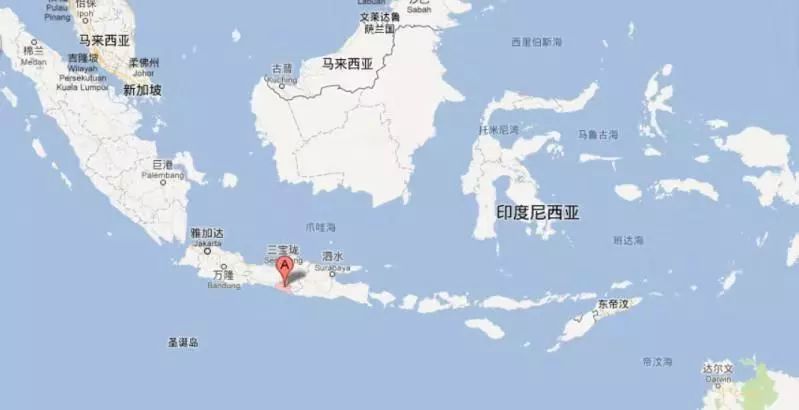
Java produces exquisite aromatic coffee with relatively low acidity, delicate taste and good balance. Java coffee has a better aroma and acidity than coffee from Sumatra and Sulawesi. The best plantations in Java are Blawan, Jambit, Kayumas and Pankur. Java mocha is a mixture of Java coffee and Yemeni mocha coffee.
On the whole, Indonesian coffee has a strong flavor, mellow taste, slightly syrup flavor and excellent acidity, and its two main export markets are Germany and Japan, which reflects the excellent quality of the coffee. What attracts consumers is the unique quality of its Arabica coffee beans. You can add milk or cream to high-quality Indonesian coffee without worrying about affecting its taste. Indonesian coffee is divided into six grades, the best of which is AP. But no one knows exactly what these two capital letters stand for.
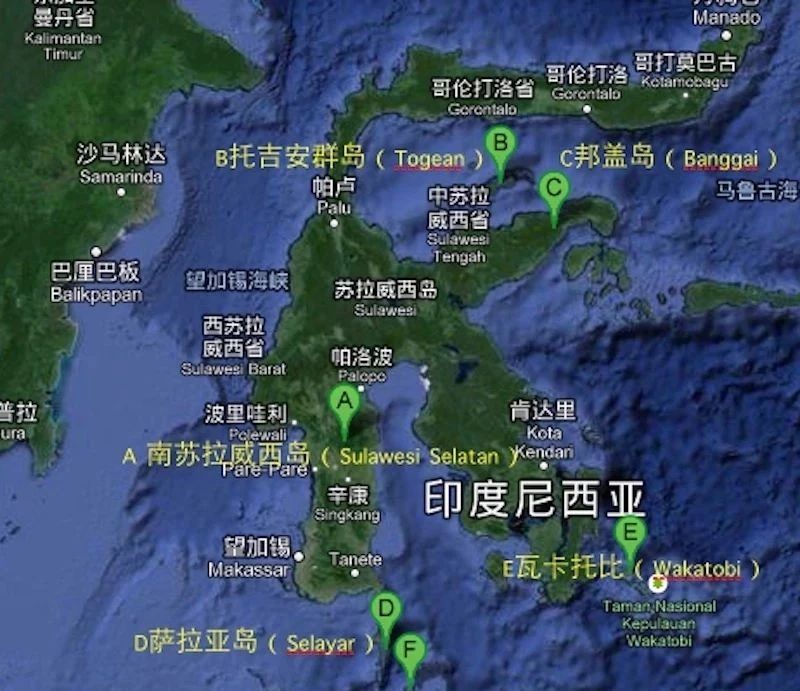
Formerly known as Celebes, Sulawesi is one of the oldest islands in the archipelago, exposing rocks for more than a million years. Soils like yellowish-red ash are found in coffee-producing areas. These soils often have several layers of clay beneath the surface, which are rich in iron. The most famous producing area is in the high mountains of Toraja, which is located in South Sulawesi.
Kalosi, to the south of Tonaga, is the main metropolis of the region, and there are two less well-known areas: Gowa, west of Mamasa and south of Kalosi. A small number of particularly interesting coffee beans are washed with water, which is worth thinking about, and it is highly recommended to try it when you have the opportunity. Semi-washing treatment is a common method in Sulawesi, and the local area also produces a lot of Rob beans. The name of this place is also most commonly used as the representative of Sulawesi Coffee, known for its full consistency, rich flavor and low and lively acidity.
Most Arabica beans are grown high around Tana Toraja, while Kalosi in the south becomes a brand.
* Kalosi: the market name for coffee from southwestern Sulawesi, a small town in the middle of the island, is a central trading place for Toraja (Taroga) coffee beans.
* Toraja: a growing area in the highlands of southeastern Sulawesi and the name of the island's boutique beans. Toraja is not a place name, a city name, nor a variety name, but the Toraga, an ethnic group that lives in the mountains of central Suvira and is good at growing coffee. Tonaga is also a rare boutique bean in the world, with an annual output of about 1000 metric tons, distributed on the rugged slopes of about 1200 meters in central and southwest Sulawesi. It is not easy to plant and harvest, with an average annual yield of only 300kg per hectare, far lower than the average of more than 1000 kg in Central and South America.
The three major estates in Tonaga are: "PT Kapal Api" has 2000 hectares of coffee; "CSR" ranks second with 1100 hectares of coffee; and "Toarco Jaya" of Japan's "Key Coffee" is the third largest with 700 hectares of coffee. In other words, Toraja Tona Gaby manning or gold manning are more precious and rarer.
Toraja is washed or semi-washed, with brighter acidity and more layering than Sumatra's or Gold's. There is a strong caramel sweetness, but Tusao, sunwood and mellow thickness are much more convergent than Mantenin, with a slightly floral flavor
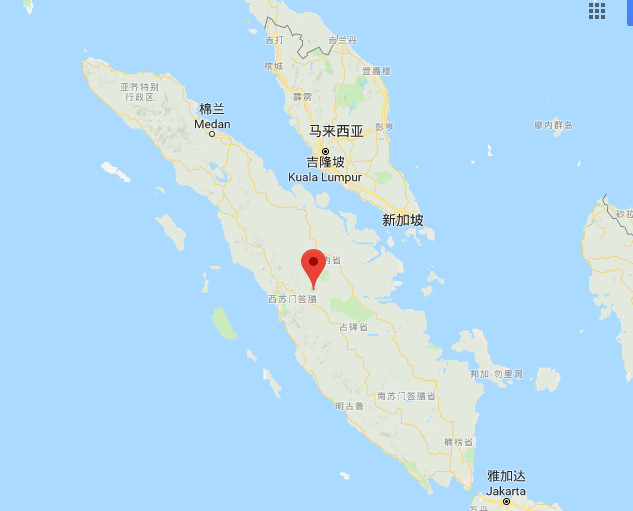
The best coffee in Sumatra comes from two places: in Aceh, north of Sumatra, near Lake Tawar and the mountains that surround Lake Toba further south. Due to many sharecropper producers and the use of their unique semi-washing treatment and lack of iron in the soil, coffee beans in this area have a special blue color at the stage of fresh beans.
* Mandheling:
Refers to the most famous half-sun beans or sun beans around Lake Lake Toba in north-central Sumatra and the Lindong Mountains (Lintong) at an altitude of 900-1200 meters on the southwest coast. Batak is the backbone of coffee farmers in this area and was once known as the world's most full-grained coffee beans. Mantenin is a trademark used for Arabica coffee from North Sumatra. From the Tapanuli area of northwest Sumatra to produce coffee from the Mantenin Mandailing people, with a unique herbal, forest flavor.
* Lindong area (Lintong):
Lin Dong Manning, 1200 to 1500 meters above sea level, comes from the most famous coffee in Lake Toba on the island of North Sumatra. A correct understanding of Golden Manning Coffee is not golden manning in color or golden manning.
Gold Manning is produced in the Lintong (Lindong) region of northern Sumatra, Sumatra, Indonesia. The harvest operation is limited to picking ripe fruit from a single fruit by hand to ensure the quality of its preliminary selection of beans. Coffee cherries are processed by SEMI-WASHED semi-washing, dried in the natural sun, shelled and then processed through another drying and refining process, two times of raw bean cleaning and four times of Hand-Pick manual selection. Therefore, it can be said that it is a strict selection of top Manning coffee. Huang Jinman marked "PWN" is the abbreviation of Indonesia's Pawani company, whose gold Manning coffee has been registered in Indonesia.
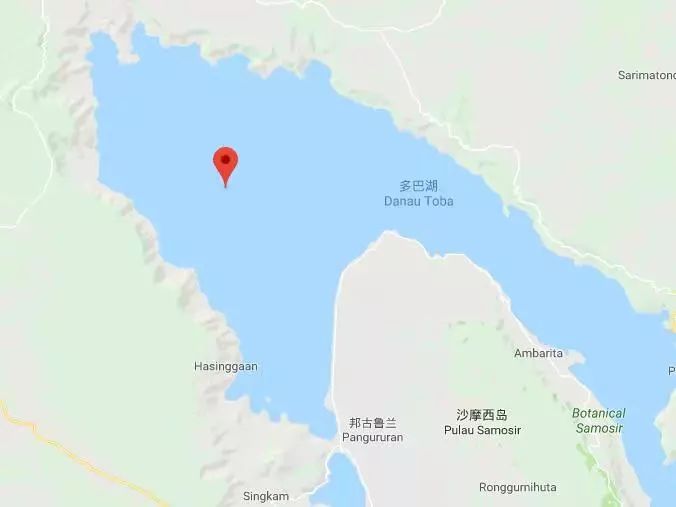
* Lake Lake Toba, located in the central part of North Sumatra, was moved northward by Dutch colonists in 1888 to Lake dopa. The area between Lintong and Lake dopa (Toba lake) in Lindong, South Sumatra can be called mantenin, which is produced in the mountains around Lake dopa (Lake Toba), which is located in the north of Medan, the capital of Sumatra. It belongs to alpine freshwater lakes. The average height is about 900 meters above sea level. Mantenin usually refers to Tibica or its variants of coffee beans grown in the mountains around Lake Toba. The lake is diamond-shaped, 100km long and 30km wide, covering an area of 1130 square kilometers, with an average elevation of about 900m. It is also the largest volcanic lake in the world.
* Lake Tawa, located in the middle of the Aceh Special Administrative region. Located in the northern tip of Sumatra, North Sumatra produces mostly Gayo. Lake Tawa, which is dominated by ateng, can be called Aceh Coffee or Lake Tawa (Tawar lake) coffee. The area is less than 1/10 of Lake dopa. However, the quality and output of coffee have surpassed that of Lake dopa in recent years.
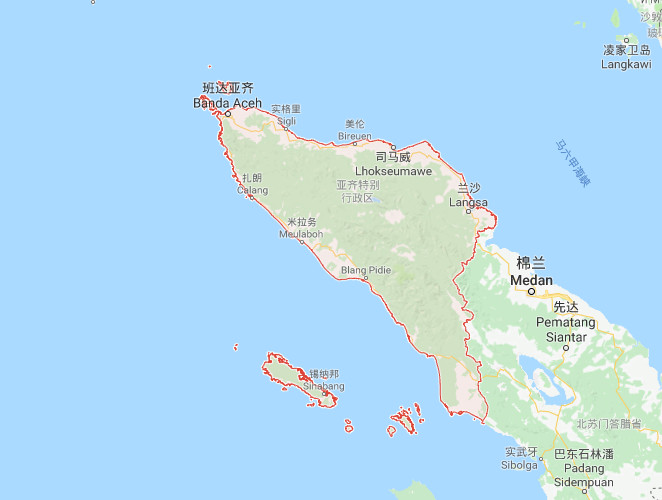
Mount Aceh (Gayo):
Aceh (Aceh), 1110 to 1300 meters above sea level, in the northernmost corner of Sumatra. In Aceh province, north of Sumatra, Gayo coffee is grown on slopes around the town of Takegon and Lake Tawar. The average height in the production area is between 1110 and 1300 meters, and the coffee is planted by shade farmers under shade trees. the wet-processed coffee is cleaner, but usually not as good as Sumatran coffee. The coffee processed by traditional technology is similar to the coffee in Mantenin, Sumatra, with the advantages of peculiar flavor and low and lively viscosity.
Aceh has a long history of political instability, so it is not an area that most people will visit. Gayo people are people with a firm personality and hard work, and nearly 20% of coffee processors are women.
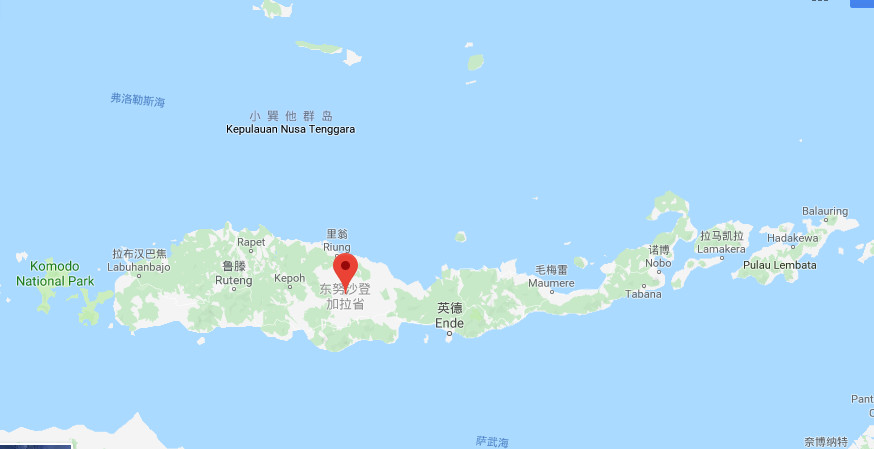
FLORES:
Flores is a small island about 320km (200miles) east of Bali, located in one of the Indonesian archipelago, 1200 to 1700 meters above sea level. As a latecomer to the coffee industry, it has also developed a good reputation for growing coffee.
In the past, it was common to see that a large part of Flores's coffee was sold domestically or mixed with other coffee exports, rarely sold directly in the name of "Flores Coffee". There are active and dormant volcanoes on the island, and the mixture of Bajawa volcanoes has a great positive impact on the main planting areas. In terms of coffee processing, the semi-washing process is the most common treatment in the region, and some coffee beans still produced by full-water treatment are harvested from May to September.
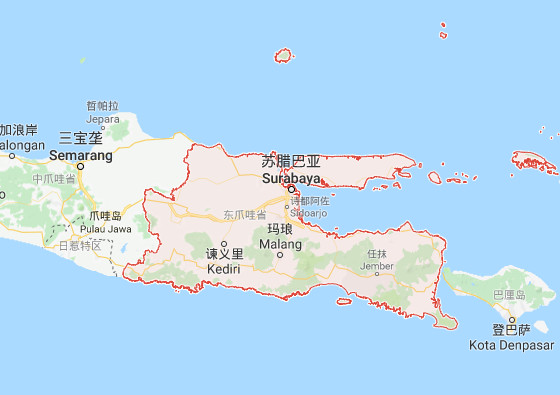
Timor Island (Timur):
East Timor is divided into East Timor and West Timor, which originated in the early 20th century. East Timor has not used chemicals or chemicals in the past 25 years and is supposed to be the largest producer of organic coffee in the world, but because the political situation in East Timor is not very stable, it is difficult to export. Most of the beans available now are from West Timor.
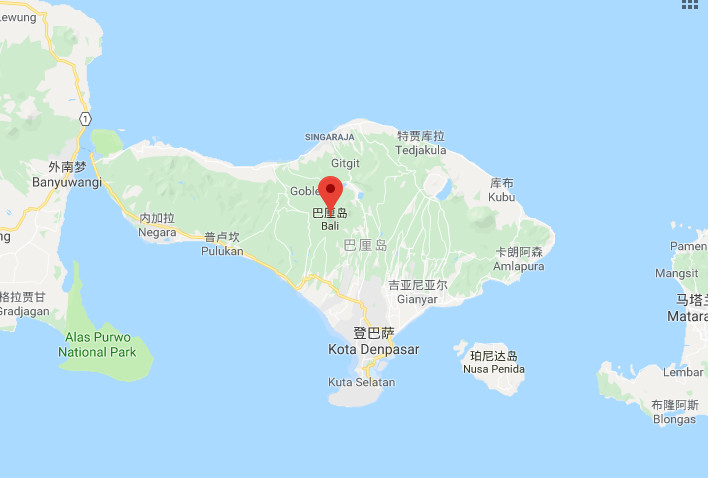
Bali Bali:
Although they are members of Indonesian coffee, coffee farmers in Bali feel that the quality of Indonesian coffee is uneven and does not match the quality of Bali coffee, so they set up their own doors and call themselves "Balinese coffee" to show the difference between Indonesian coffee and Indonesian coffee. Bali is not only rich in Arabica coffee beans, but also rich in robusta coffee. According to data, Bali Golden Coffee is made by grafting the roots of Arabica coffee trees and the branches and leaves of Robesta coffee, commonly known as Katim.
Coffee came to Bali relatively late. It was originally grown on the Kintamani Plateau, 1000 to 1500 meters above sea level. Coffee production was deeply affected by the eruption of Gunung Agung in 1963, killing more than 20, 000 people and extensively destroying the eastern part of Bali. In the late 1970s and early 1980s, the government distributed Arabica bean seedlings to boost coffee production, but some thought the effect was limited because about 80% of the island's production today is robusta beans. Although tourism provides the largest income, agriculture employs the most people on the island, while in the past the biggest buyer was Japan, with a harvest period from May to October.
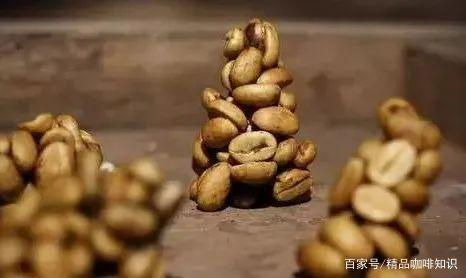
* Coffee civet (Luwak):
Civet coffee, coffee from Bali, is not famous for its source, but for its unique processing mode with a unique new method of treatment. a mammal called civet, after eating ripe coffee berries, is digested only the pulp of the fruit appearance, and the hard coffee beans will be discharged from the body through several processes such as manual selection, cleaning, drying, deodorization, screening, processing and roasting. It becomes "Kopi Luwak". This kind of coffee is one of the rare and most expensive coffee in the world because of its low yield and its rarity and special taste.
Now some companies simply create a product called "Kopi Luwak", which feeds civets with coffee and cherry fruit through artificial breeding. Wild musk cats were kept in iron cages for three years and were constantly fed and excreted coffee kernels, many of which caused malnutrition, psychological trauma and other problems (zoochosis), and died because they could not adapt to nature.
There are more than 20 varieties of Arabica coffee in circulation in the Indonesian commercial market, including Kaddura, Katim, East Timorese, Ironka, Robsta, Liberika and Ekselsa and Sidikalong. The most famous is Typica, an original breed introduced by the Dutch. When Indonesian coffee suffered from leaf spot disease, many Typica species of iron pickup disappeared in the late 1880s, but two local varieties of iron pickup, Bergandal and Sidikalang, can still be found in Sumatra, Sulawesi and Flores, especially in high altitude and remote areas.
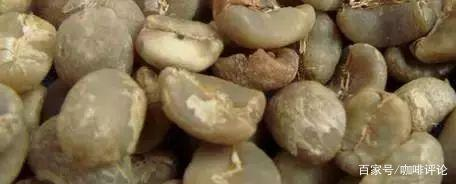
Another kind is horse face Longberry, also known as TimTim, is a bean from Indonesia, because of its long shape, many people call it horse face bean, and some people call it long strip Manning. In fact, tim tim is not a purebred bean, but a natural cross between Arabica coffee and Robusta coffee, which was discovered on the island of timor in the 1940s and cultivated for its natural disease resistance. In America this variety is called Hybrido de Timor, or Tim Tim for short, and in Indonesia it is also called Bor Bor.
After the coffee beans have been screened for particle size, some producers will store the coffee for one to three years before selling it. This process will give the coffee a very mild and warm nature, with woody and cinnamon aromas. Fresh beans will slowly change color from dark yellow to brown.
The best coffee in Sumatra comes from two places: in Aceh, north of Sumatra, near Lake Tawar and the mountains that surround Lake Toba further south. Due to many sharecropper producers and the use of their unique semi-washing treatment and lack of iron in the soil, coffee beans in this area have a special blue color at the stage of fresh beans.
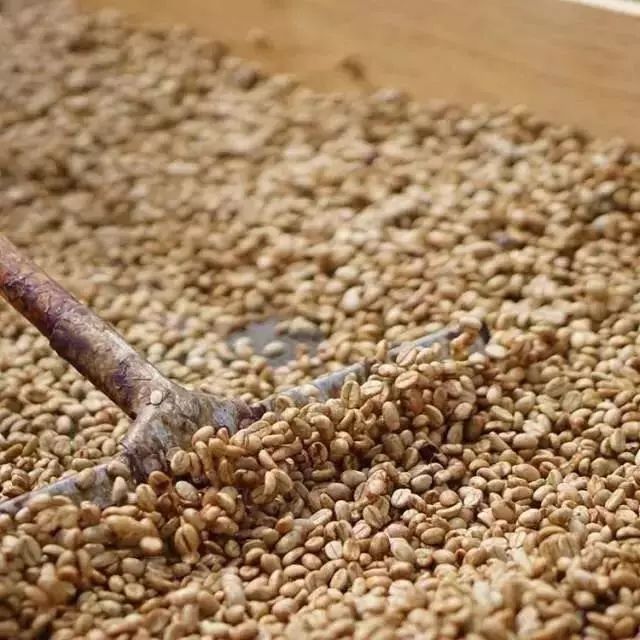
08 | handling method:
The three main treatment methods are: sun drying, semi-washing, complete washing, because the climate is humid, Rain Water is frequent, in order to pursue more efficient drying, commonly used is the wet planing method:
Most coffee farmers also harvest only all-red coffee cherries. After collecting coffee cherries in the morning, coffee cherries will be peeled and peeled in the afternoon. Sumatra has a superior natural environment, and most of the water used will be mountain spring water.
1. Peel the coffee fruit, put the shell beans into a vat or sink filled with water, and remove the defective shell beans floating on the liquid surface.
2. Wash the dense shell beans sunk to the bottom of the water slightly, put them into a bucket or plastic bag, and do a little dry body fermentation, that is, to ferment and flavor the pectin sugar on the surface of the seed shell. Basically, the longer the fermentation time, the more sour. The fermentation time varies from person to person, generally only a few hours, but some manors omit the dry body fermentation stage and directly expose the shell beans, which can always be sour and improve the sticky taste, so that the pectin sugar can be fully fermented to increase the flavor, usually between 12-36 hours, depending on the specific situation.
3. When the bean with shell is exposed to the sun for one or two days, the moisture content of the bean body is 30% 50%, and the bean body is still semi-hard and semi-soft. Wipe off the seed shell with a shell planer to speed up the drying process. After about two days, the moisture content of the bean reaches 12% Mui 13%. The coffee beans will be collected into a woven bag, usually 40 kg and 80 kg each, and will be sent to the coffee processing factory for shelling, and the success will be completed in about four days.
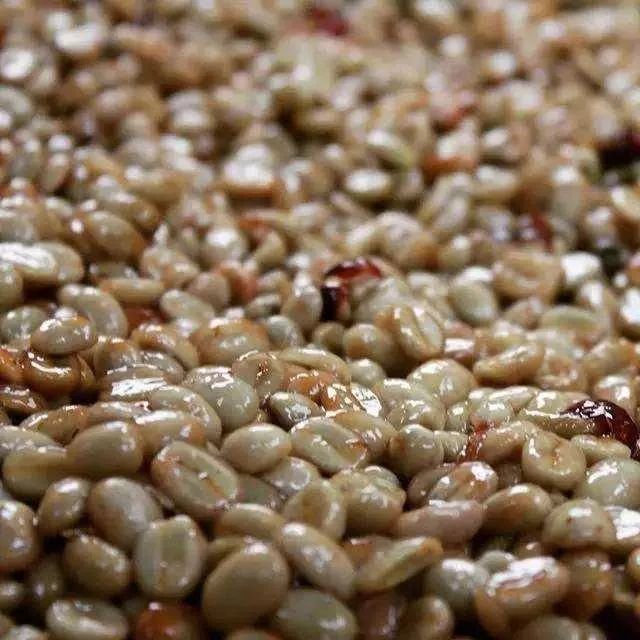
The risk of wet planing: beans are easily cracked like sheep's hooves, and the chances of unmanned molds, fungi and yeasts are also greatly increased.
09 | Grade of raw beans:
Defective beans are an important factor that destroys the flavor of the final coffee. Therefore, defective beans should also be removed in the last step of raw bean processing. Therefore, according to the proportion of defective beans, supplemented by the size of the screen is also used as a way of classification. Due to the rise of boutique coffee, coffee producing countries pay more and more attention to the quality of coffee, and the control of defective beans is the most important way, so basically using the proportion of defective beans as a grading method or auxiliary basis is becoming more and more common. Indonesian coffee beans are classified according to the proportion of defective beans. Indonesian beans are mainly divided into six grades, namely G1-G6.
Important Notice :
前街咖啡 FrontStreet Coffee has moved to new addredd:
FrontStreet Coffee Address: 315,Donghua East Road,GuangZhou
Tel:020 38364473
- Prev
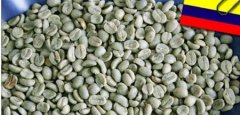
Introduction of Fine Coffee Bean producing area-- Columbia Manor Fine Coffee Bean Colombian Fine Coffee
Colombian quality Coffee (supremo) comes from the Agu Road Paku Aria Farence (hereinafter referred to as AF) Farm in the southwest of Medellin, Antioquia, Colombia. Although Colombia, the second largest coffee producer in the world, is far inferior to Brazil in terms of quantity, it is superior in quality. Colombia is the world's producer of washed Arabica coffee.
- Next
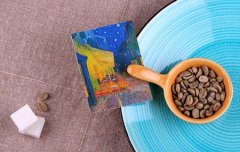
Introduction of boutique coffee beans-- Papua New Guinea Coffee washed Arabica Coffee beans
In recent years, Papua New Guinea Coffee began to wash Arabica beans with its own unique high-quality water, representing Asia to enter the ranks of the world specialty coffee. The coffee style of Papua New Guinea has the characteristics of full particles, moderate acidity and mellow taste. Papua New Guinea is an island country in Oceania. Papua means curly hair in Malay.
Related
- Does Rose Summer choose Blue, Green or Red? Detailed explanation of Rose Summer Coffee plots and Classification in Panamanian Jade Manor
- What is the difference between the origin, producing area, processing plant, cooperative and manor of coffee beans?
- How fine does the espresso powder fit? how to grind the espresso?
- Sca coffee roasting degree color card coffee roasting degree 8 roasting color values what do you mean?
- The practice of lattes: how to make lattes at home
- Introduction to Indonesian Fine Coffee beans-- Java Coffee producing area of Indonesian Arabica Coffee
- How much will the flavor of light and medium roasted rose summer be expressed? What baking level is rose summer suitable for?
- Introduction to the characteristics of washing, sun-drying or wet-planing coffee commonly used in Mantenin, Indonesia
- Price characteristics of Arabica Coffee Bean Starbucks introduction to Manning Coffee Bean Taste producing area Variety Manor
- What is the authentic Yega flavor? What are the flavor characteristics of the really excellent Yejasuffi coffee beans?

